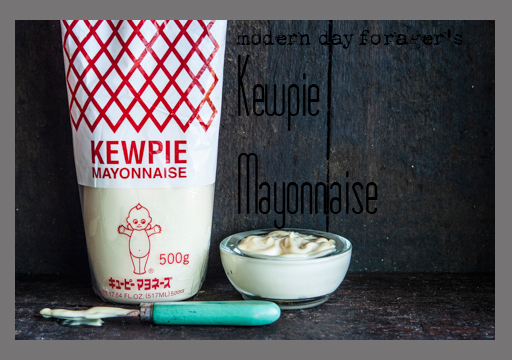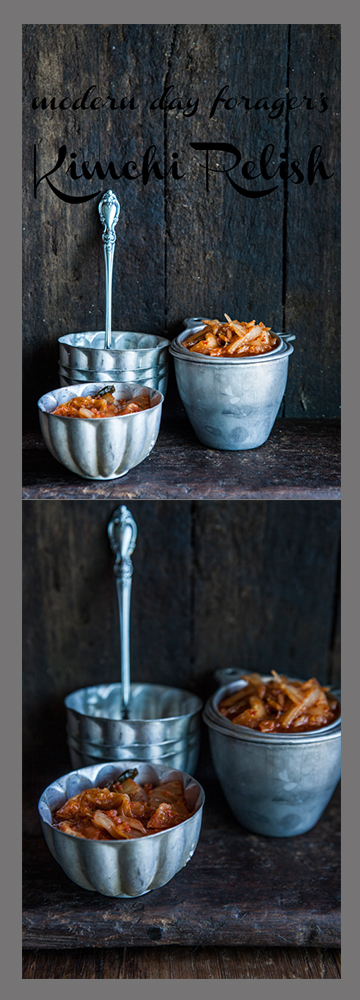Well hello there…
We are back from our much needed break and we are raring to go and just over the moon to get back to our beloved blog.
This week it is all about MDF’S favorite condiments and ramping up the flavor.
Today, people have become much more sophisticated with their food choices, then in the past. We are willing to experiment, taste new flavors and learn about new cultures. Usually, it starts with condiments that have gone mainstream.
So, we want to DIY our condiments. Why? Well, most of the so-called jars of goodness, we buy, are filled with all sorts of preservatives, chemicals, fillers, binders and high fructose corn syrup. Making a small batch from scratch is a much healthier and tastier way to go.
KEWPIE MAYO

First up, is our take on Kewpie Mayonnaise, the name alone makes for a great conversation. This Japanese mayo with the kewpie baby doll on the bottle is quite popular among big time foodies, this is our version without the addition of crystallized monosodium glutamate.
What is interesting about this mayo that differs from homemade and industrial mayo, made here in the states, is that, only egg yolks are used and mainly rice wine vinegar or some other type of vinegar is used to replace the lemon juice. The end result is a yellowy, creamy, rich, thick, eggy mayo with a smooth luxurious mouth feel that is quite satisfying. You have never tasted a mayo like this, and once you do, you’ll wonder how you ever got by without it.
Flavor-packed, this condiment is wonderful on deviled eggs, burgers, sandwiches, dressings, dips, spreads, in egg, chicken and tuna salads and amps up just about everything you put it on or in. It is also used as a umami flavor in many restaurants across the country and is a secret ingredient among many chefs.
Modern’s take on Kewpie Mayo
Ingredients:
- 2 Egg yolks
- 1 tablespoon rice wine vinegar
- 1 teaspoon hot Japanese mustard
- 1/2 teaspoon dashi powder
- 1 teaspoon Salt
- 1/4 teaspoon Sugar
- 1 1/2 cup canola oil
Directions:
1. Place the egg yolks in the bowl of the food processor, add the vinegar and mustard, season with dashi powder, salt and sugar to taste. Turn the machine on and VERY slowly start to drizzle in the oil until the mixture starts to look like mayonnaise, then a slow steady stream of oil can be added.
2. Put in the refrigerator for at least an hour to let the flavor develop.
Note: If the mayonnaise is too thick add a few drops of water or if it is not thick enough, with the machine running, add a little more oil.
Recipe Ideas:
Broiled Mussels with Dynamite Sauce:
(Dynamite sauce also is a great sushi dipping sauce)
24 mussels, steamed , 1/2 cup Kewpie mayonnaise, 1 tablespoon Sriracha, 1 small garlic clove (smashed to a paste), 1 teaspoon sugar.
Preheat broiler on high heat. Remove one half of mussel shell and discard. Whisk together mayonnaise, Sriracha, garlic, and sugar, then place about 1 teaspoon over each mussel. Place mussels on a foil-lined baking sheet. Broil 4 to 5 inches from heat until sauce is bubbling and begins to brown, 6 to 8 minutes.
Ian Knauer is the author of The Farm: Rustic Recipes for a Year of Incredible Food
Devil Egg:
Mix yolks with kewpie mayo, minced habanero and freshly ground black pepper.
Dip:
2 tablespoons kewpie mayo and a squeeze of wasabi paste to taste, mix.
KIMCHI RELISH

Hints of old fashioned sensibilities but couldn’t be more modern, is our take on kimchi. Kimchi or sometimes called gimchi is a traditional side dish or topping made of spicy fermented vegetables. Kimchi is a staple in Korean households and comes in many types and varieties, but the most common are made with cabbage, cucumbers, radish and green onions. We decided to get our kimchi fix on by making kimchi relish which is chopped finer then traditional chunky kimchi. We added agave nectar, rice wine vinegar and Sriracha, which gave a slight sweetness and a spicy kick at the same time and just tastes darn good.
This crispy relish works well on burgers , hotdogs, tacos, sandwiches, in soups or stews and on steamed rice or noodles. It will stand up beautifully to any steak or add a real punch to a bland chicken dish. If sunny California is in your near future or on your bucket list, try Kogi BBQ, the famous LA Korean taco food truck. They do a kimchi quesadilla that will just knock your socks off.
We love David Chang’s recipe, so we went with his kimchi.
Modern’s take on Kimchi Relish
Ingredients:
- 1/2 cup kimchee, thinly sliced (recipe below)
- 2 teaspoons agave nectar
- 2 teaspoons rice vinegar
- 1 teaspoon Sriracha
- Salt and pepper to taste
Directions:
- Combine kimichi, agave, vinegar and Sriracha in a medium bowl, season with salt and pepper to taste and serve.
MOMOFUKU KIMCHI
Ingredients:
- 1 small to medium head Napa cabbage, discolored or loose outer leaves discarded
- 2 tablespoons kosher or coarse sea salt
- 1/2 cup plus 2 tablespoons sugar
- 20 garlic cloves, minced
- 20 slices peeled fresh ginger, minced
- 1/2 cup Kochukaru (Korean chile powder)
- 1/4 cup fish sauce
- 1/4 cup Usukuchi (light soy sauce)
- 2 teaspoons jarred salted shrimp
- 1/2 cup 1-inch pieces scallions (greens and whites)
- 1/2 cup julienned carrots
Directions:
- Cut the cabbage lengthwise in half, then cut the halves crosswise into 1-inch-wide pieces.
- Toss the cabbage with the salt and 2 tablespoons of the sugar in a bowl. Let sit overnight in the refrigerator.
- Combine the garlic, ginger, chile powder, fish sauce, soy sauce, shrimp, and remaining ½ cup sugar in a large bowl. If it is very thick, add water 1/3 cup at a time until the brine is just thicker than a creamy salad dressing but no longer a sludge.
- Stir in the scallions and carrots.
- Drain the cabbage and add it to the brine.
- Cover and refrigerate.
Though the kimchi will be tasty after 24 hours, it will be better in a week and at its prime in 2 weeks. It will still be good for another couple weeks after that, though it will grow stronger, and a little more sour and funkier.
Serving Size:
Makes 1 to 1½ quarts
Innovative recipe of David Chang author of “Momofuku: The Cookbook.”
Modern Day Forager


